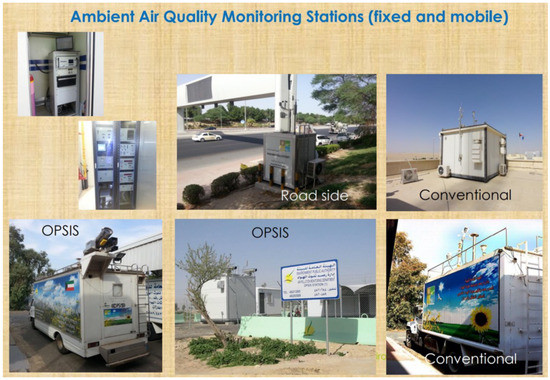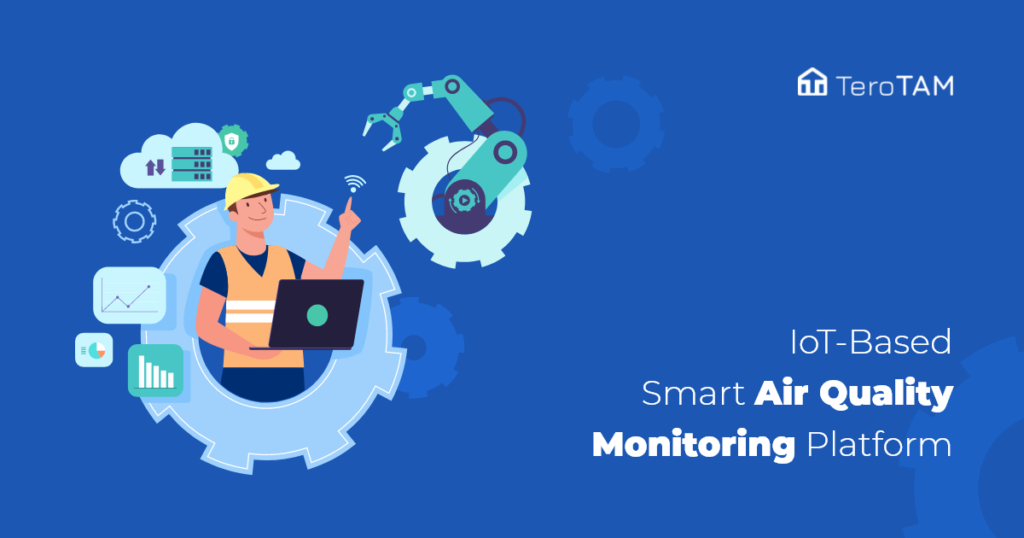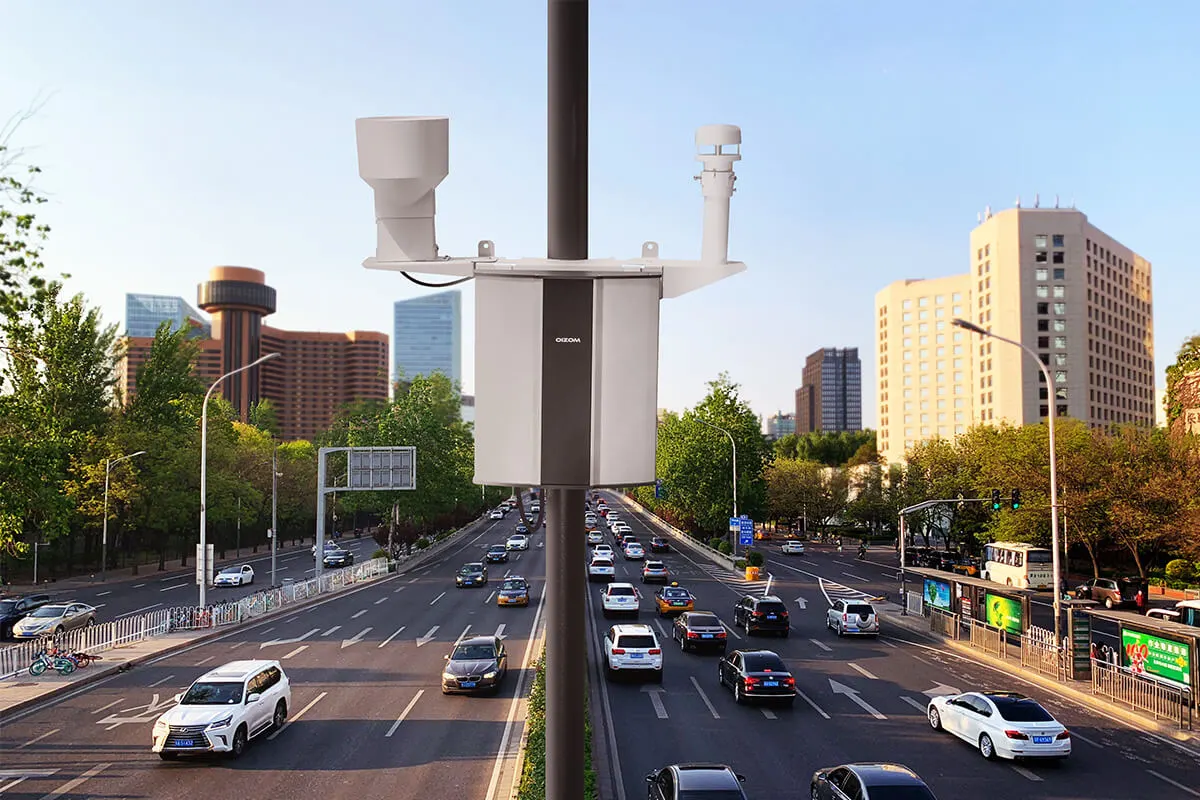Imagine a world where every breath you take in Kuwait’s cities is closely tracked by smart devices, alerting you to pollution and ensuring cleaner air for your loved ones. With the arrival of IoT powered air quality monitoring, that world is becoming real. This innovation humanises technology you can see, feel, and trust the clean air movement happening around you. Let’s explore how IoT brings fresh hope to Kuwait’s urban areas.
The Promise of IoT for Urban Air Quality
IoT thrives on bringing intelligence to everyday environments. In Kuwait’s bustling urban centers, networks of sensor devices can now monitor air pollutants like carbon monoxide, particulate matter (PM2.5 and PM10), ozone, and sulfur dioxide in real time. This empowers communities and authorities to make smart, data informed decisions, ushering in a cleaner, healthier urban future.
How IoT Sensors Work
These compact weather proof sensors are installed across streets, schools, offices, and public spaces. They continuously measure pollutant levels and environmental conditions such as temperature, humidity, and wind speed and transmit the data over wireless networks. Central dashboards visualise pollution trends, issue warnings, and trigger alerts if safe thresholds are exceeded. This ensures immediate awareness and action.
Real Time Awareness Empowers Residents
When data is accessible via mobile apps or public screens, residents can adjust routines avoiding outdoor jogs during peak pollution hours or ensuring indoor air filtration is working well. Parents learn when air near schools spikes with PM2.5 and adapt outdoor playtime. People feel confident that technology is working with them to protect their health.

Data Driven Urban Planning and Policy
City planners and environmental authorities rely on this rich data to shape policies
• Pinpoint pollution hotspots and prioritise green zones and traffic interventions
• Monitor performance of air cleaning infrastructure like public green walls or industrial vents
• Track long term trends to guide public health campaigns and zoning decisions
Decisions become transparent and rooted in living data that reflects everyday life.
Bringing Community Voices into the Loop
Public access to air quality maps, localised alerts, and community dashboards makes the entire ecosystem more democratic. People become active participants neighbours sharing data from nearby sensors, schools monitoring safety over time, and community groups collaborating to reduce emissions. IoT becomes more than tech, it becomes a collective guardian of city health.
Boosting Health Outcomes with Technology
Air pollution contributes to respiratory problems, allergies, and long term health risks. With early warnings and real time alerts, residents especially those with asthma or children get the chance to reduce exposure. Over time, widespread monitoring motivates changes employers stagger commute hours, schools schedule outdoor time safer, and households adopt indoor air purifiers. This leads to real, measurable improvements in well being.
Environmental Innovation Sparks Economic Growth
Kuwait benefits beyond cleaner air. IoT based monitoring also spurs innovation. Local tech startups build sensors and analytics platforms, public institutions offer data as open APIs, and researchers collaborate to study pollution patterns. This tech ecosystem attracts investment and creates jobs all powered by a shared goal, cleaner, healthier urban life.

Scalability and Sustainability
The beauty of IoT systems is that they are flexible and expandable. Starting in major urban hubs, small networks scale to cover the entire metropolitan area. As IoT devices become more energy efficient and affordable, installations expand to remote suburbs and new developments. Long term, solar powered sensors ensure durability and minimal environmental impact.
Overcoming Challenges with Community Trust
Effective deployment depends on trust and clarity. Authorities and tech providers must explain
• How data is collected, stored, and protected
• How monitoring benefits citizens and respects privacy
• How actionable insights will trigger real improvements
Transparent communication builds confidence. People begin to see sensors as helpful guardians rather than invasive surveillance tools.
A Brighter Outlook Cleaner Air for the Future
Picture a future where Kuwait’s children play outside without worry, parents breathe easier, and cycling along city streets is a joy not a risk. IoT powered monitoring paves the way. With real time data, public engagement, policy action, and sustainable tech, clean air isn’t just ideal it’s attainable.
Conclusion
IoT powered air quality monitoring brings together smart technology and human needs. It transforms unseen pollution into visible data, empowers residents and planners, and sparks urban innovation. Kuwait’s urban neighbourhoods can become shining examples of how technology humanises our cities, yielding healthier, happier communities.
By embracing IoT as a shared ally, Kuwait stands poised to breathe easier today, and for generations to come.
Do follow Gulf Magazine on Instagram.
Also Read – Oman’s Green Energy Ambition and Storage’s Vital Role



